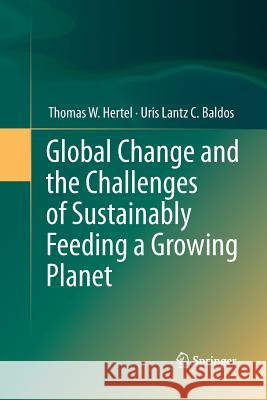Global Change and the Challenges of Sustainably Feeding a Growing Planet » książka
topmenu
Global Change and the Challenges of Sustainably Feeding a Growing Planet
ISBN-13: 9783319357621 / Angielski / Miękka / 2016 / 184 str.
Global Change and the Challenges of Sustainably Feeding a Growing Planet
ISBN-13: 9783319357621 / Angielski / Miękka / 2016 / 184 str.
cena 201,72
(netto: 192,11 VAT: 5%)
Najniższa cena z 30 dni: 192,74
(netto: 192,11 VAT: 5%)
Najniższa cena z 30 dni: 192,74
Termin realizacji zamówienia:
ok. 22 dni roboczych
Bez gwarancji dostawy przed świętami
ok. 22 dni roboczych
Bez gwarancji dostawy przed świętami
Darmowa dostawa!
Kategorie:
Kategorie BISAC:
Wydawca:
Springer
Język:
Angielski
ISBN-13:
9783319357621
Rok wydania:
2016
Wydanie:
Softcover Repri
Ilość stron:
184
Waga:
0.30 kg
Wymiary:
23.39 x 15.6 x 1.12
Oprawa:
Miękka
Wolumenów:
01
Dodatkowe informacje:
Glosariusz/słownik
Wydanie ilustrowane
Wydanie ilustrowane











